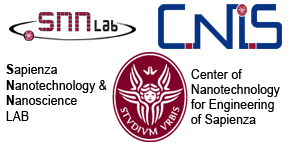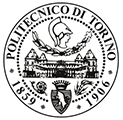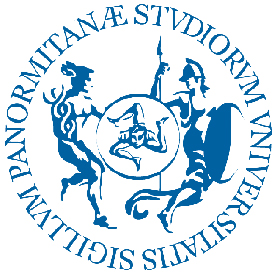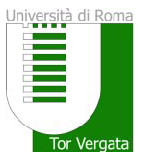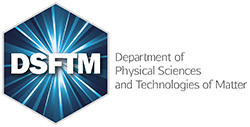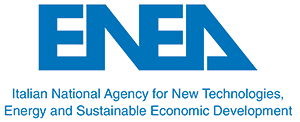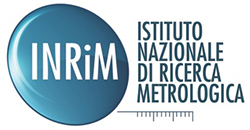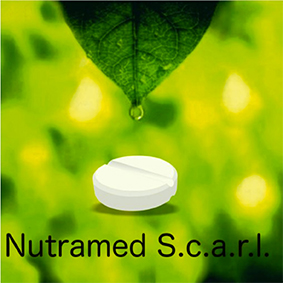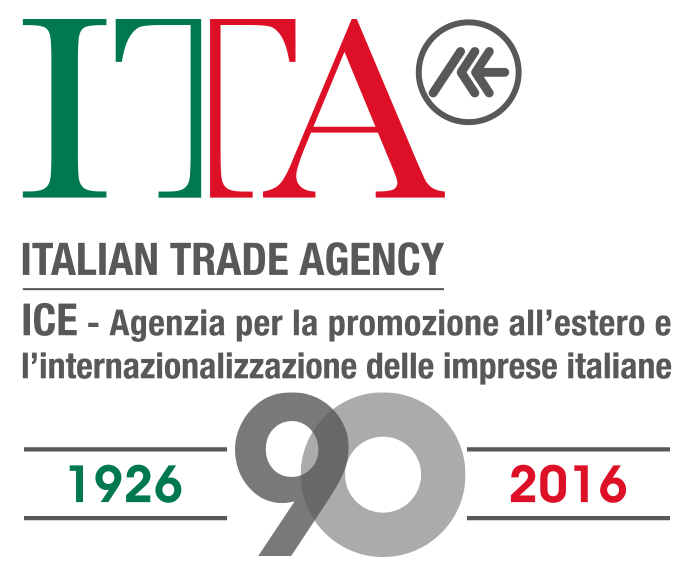TS.III.E.4
Glycans-based silver nanoparticles green synthesis: risks and benefits for human and environmental safety
Luciana DINI, Salento University
The application of nanoscale materials structures (NPs) (ranging from 1 to 100 nm), may provide solutions to technological and environmental challenges in many areas spanning from solar energy conversion, to catalysis, biology, biomedical science, water treatment, etc. Silver NPs (AgNPs) are among NPs the most present nanomaterials on the market, likely due to their unique phisycochemical characteristics and to their broad applicability, like electronics, optics and medicine, etc.. However, an effective risk coming from the use of AgNPs is that 14% present in consumer products is released in the environment, and interacts with animals, including humans and plants, generating harmful consequences. Three possible hypotheses for AgNPs toxicity are still under discussion: i) toxicity depends on Ag ions released in aqueous environment, ii) toxicity is independent on metal ions, iii) AgNPs release Ag ions after enter cells where dissolve, iv) AgNPs are toxic per se. The synthesis method is pivotal to address these questions. In fact, chemical and physical methods may successfully produce pure, well-defined AgNPs, that have the disadvantages to be expensive, energy consuming and potentially toxic to the environment. In recent years, the development of green chemistry, ensuring a synthesis free from toxic chemical byproducts, is evolving into an important branch of nanotechnology. Recently, there is an increasing interest in using glycans as reducing and functional molecules of nanoparticles. In fact, glycans offer several advantages allowing that synthesis can be performed under biomimetic conditions, producing NPs without traces of harmful chemicals responsible for adverse cellular responses; they can serve as targeting molecules, e.g. for the diagnosis and treatment of brain diseases and stabilize and ensure NPs dispersity. Thus, these properties make carbohydrate-functionalized NPs an interesting system to study. To this purpose we investigated on the toxicity of different glycan coated AgNPs, glucose (AgNPs-G), fructose (AgNPs-F), or glucose/sucrose (AgNPs-GS), that were obtained by an easy and fast green method synthesis. AgNPs (average diameter of 30±5 nm) have a spherical shape and are well-dispersed in the solution. In general, we found that the biocompatibility and uptake of AgNPs vary in relation to the glycan, to the type of cells, lymphocytes or HeLa and HepG2 cells, to the NPs amount and time of incubation. In particular, changes of morphology, viability and cell cycle were independent of the cell type, but dependent on the AgNPs amount and on the time of treatment. The glucose and glucose/sucrose capping were stable up to 10 days in culture medium and ensured a low grade of dissolution of AgNPs, that, in turn, suggest that the effects are mediated only by NPs and not by Ag ions. We found that AgNPs-F were the most toxic and AgNPs-GS were the less toxic nanoparticles. These findings can help in modulating the bioactivity of by using carbohydrates. Cells internalized AgNPs very fast and internalization was an early event during the treatment. The AgNPs toxicity can be partially explained by the harmful action of Reactive Oxygen Species increase, but only for lymphocytes and HeLa cells. Indeed, these NPs, once released into the environment impaired also the development of some aquatic animals.
Back to TS.III.E



